ISSN ONLINE(2319-8753)PRINT(2347-6710)
ISSN ONLINE(2319-8753)PRINT(2347-6710)
L.Initha1, J.Jegan2, R.Kumar3
|
| Related article at Pubmed, Scholar Google |
Visit for more related articles at International Journal of Innovative Research in Science, Engineering and Technology
This paper proposes on existing problem in performance of wet grinder industry, which can be reduced .The investigation was carried out in wet grinder industry on customer complaint for the quality attainment of wet grinder. Quality tools like Pareto diagram and cause & effect diagram are used to identify the problem area and causes. The major problem is longer grinding time, which leads to more energy consumption and higher torque. The aim of this paper is mathematically describe the design of the shell and identify the factor which affects them. The grinding energy of wet grinder is calculated and it is reduced by modifying the existing design. The grinding energy of existing design which has been reduced from 520Joules to 432.5Joules.The performance of grinder has improved by the reduction of diameter from 300mm to 250mm, which leads to reduction of twisting force from 3000N-mm to 2500N-mm using modified design. With the help of Ans ys software, displacement of the shell is arrested and twisting force of 2500N-mm is applied over the shell along with pre-stressed force 100N for all parts and found that the design is safe by matching operating frequency and obtained frequency.
Keywords |
| Quality, Pareto diagram, Finite element analysis. |
INTRODUCTION |
| The wet grinder industry is largely confined to Coimbatore because of the fact that the stone used is exclusively available only in this region. The Indian government is planning to get Geographical Indication for Coimbatore wet grinders. That is very popular in Indian kitchens and is used to make pastes from grains and lentils. Generally, wet grinding is considered advantageous over mixers or blenders because the stone grinder does not generate a lot of heat, which can change the flavor of the food and also, the stones don't lose their sharpness as quickly as metal blades giving wet grinders a longer life. |
| Wet grinding is a process for preparing batter for our traditional food products like idly, dosa and vadai. Kent and Evers in the year of 1994 delivered the statement about Wet grinding that involves both physical and chemical changes and it is a mere size reduction operation In the year 1996 Earle, expressed about Grinding theories which depend upon the basic assumption that the energy required to produce a change dL in a particle of a typical size dimension L is a simple power function of L. |
| Over the year 1999 Chen et al., has stated that wet ground flour is better suited for the production of traditional rice based products than dry ground flour and semidry ground flour, regardless of whether the products are steamed or baked, as wet ground flour results in the lowest amount of damaged starch and the finest particle size. There were significant attempts made at improving the existing types of wet grinders and development of new types suitable for the domestic kitchen. (Solanki 2003) During 2003 Pan and Tangratanavalee reported about the reduction of grinding time and energy in the grinding process.Higher speed of the stone grinder (900 rpm) would also make a vast difference in the grinding duration statement was given by Yeh in 2004. |
| Stone grinder took much longer duration for rice particle size reduction. Stone grinder took 18 min to achieve a particle size of 233 μm. (Sharma et al.2008) Wet grinding is generally carried out after complete hydration of the grain that enables the grain to soften (Jagtap et al., 2008). |
| Comparision within various wet grinding systems were carried out over the year of 2011 by K.H.Viswanathan et al. Only electrical energy was used during the wet grinding process. The electrical current was measured with a clamp meter and the readings were used to calculate the electrical energy consumption. Energy consumption was calculated for wet grinding processes and based on that it is redesigned. |
II. MATERIALS AND METHODS |
2.1 Materials |
| Pre-soaked raw rice (500g) and black gram (250g) was ground in wet grinder with 840 ml of added water for making idly batter |
2.2 Grinding Conditions |
| Average size of material is 1315 μm. That is to be convert 233μm.In normal wet grinder, it takes 18 Minutes at a speed of 900 rpm. The corresponding final temperature was in the range of 320 – 400C. |
2.3 Grinder Specification |
| Wet grinder of Voltage: 110V Ampere: 7.1Amps Power: 500watts Capacity: 2L Weight: 10Kg. |
| Motor speed: 900 rpm |
2.4 Grinding Process |
| Wet grinding process involves both physical and a chemical change is a mere size reduction operation. There are two laws which describe the grinding process. Bond’s law for the first cycles, Rittinger’s law for the prolonged grinding. During grinding process both compression and shear are given on the particles. The grinding is an energy intensive process and so, there is a need to look for avenues to save energy. Figure 1 indicates the line diagram of the wet grinder, which is used in this study. |
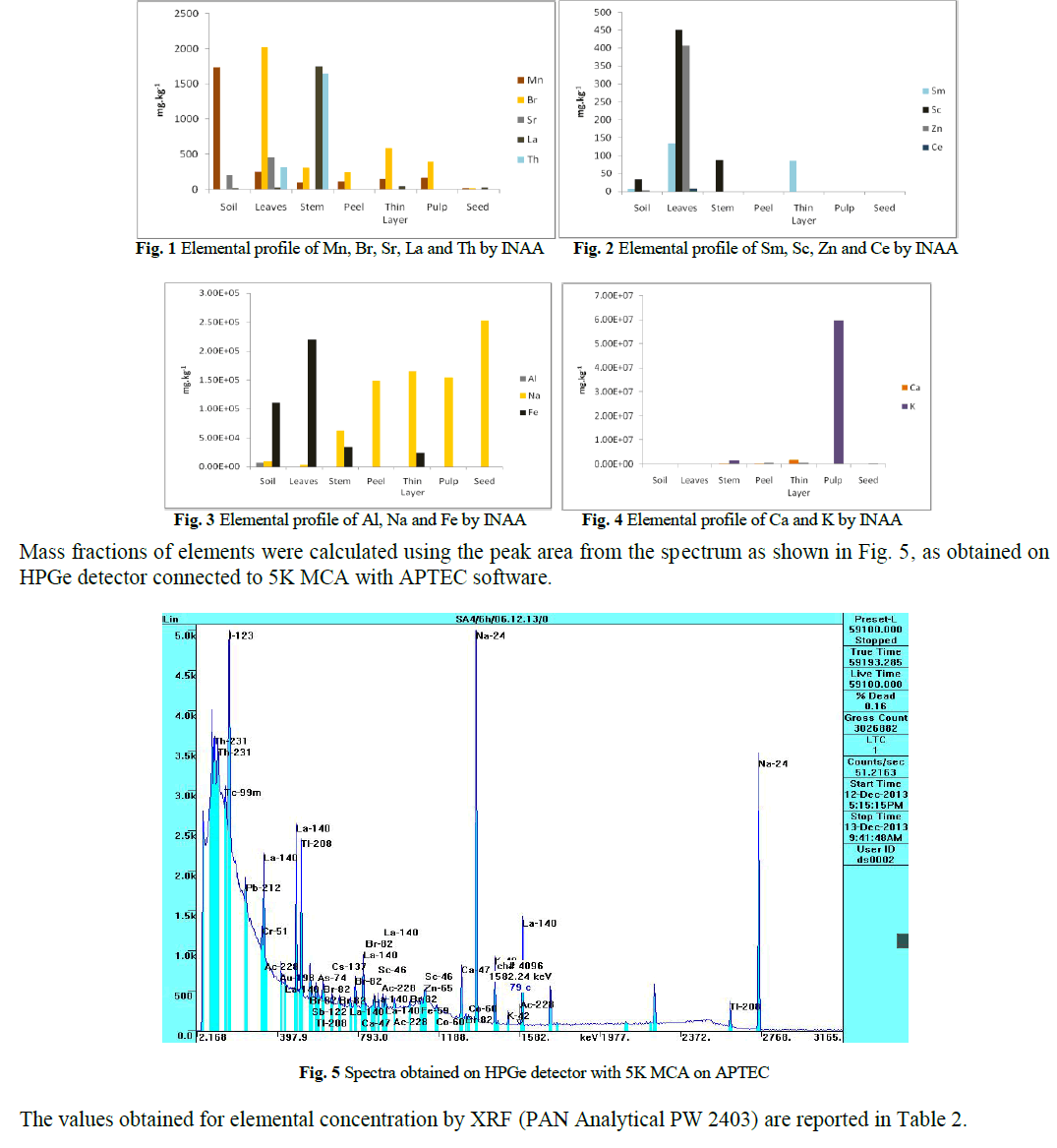 |
III. CAUSES AND EFFECTS ON MAJOR CUSTOMER COMPLAINT |
3.1 Extract of Customer Complaints |
| The customer complaints are collected from the service records of wet grinder industry. The collected data are listed, classified, counted in that order of its category and tabulated as below. Some code names are given for easy identification. The numbers indicate the quantity of complaints in each category. |
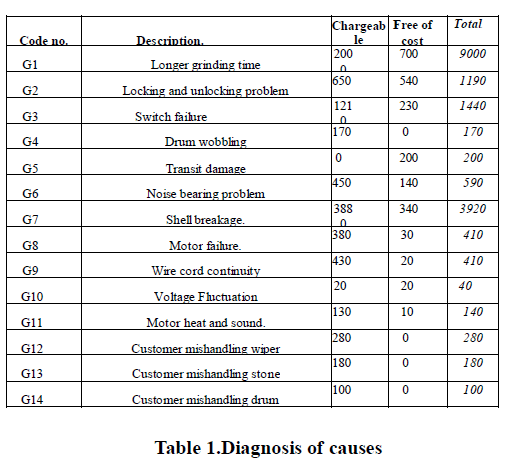 |
3.2 Diagnosis of Causes |
| The collected datas are arranged for making a Pareto diagram. Fig 2 shows the Pareto diagram which is produced for identify the dominating causes for the complaints from the customers and then major focus is turned on the complaint according to the preference. |
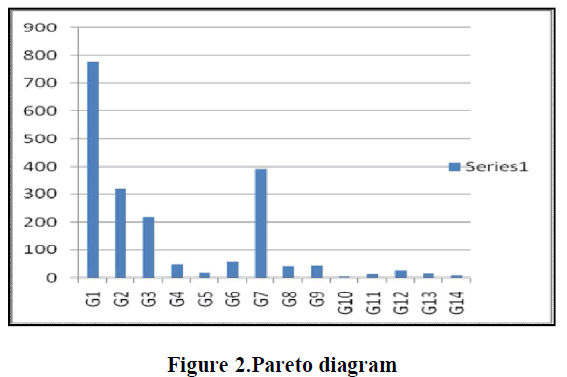 |
| The collected datas are arranged for making a pareto diagram. The Pareto diagram is produced for identify the dominating causes for the complaints from the customers and then major focus is turned on the complaint according to the preference. From the Pareto diagram, it is evident that 50% of complaints related to grinding time in grinding during warranty period. |
3.3 Validation of Causes |
| Data on the problems were analyzed and theories were offered on the causes of problems. Fig. 3 indicates cause and effect diagram summarizing the theories. The dominating complaint is concentrated and their root causes are derived and drawn the cause and effect diagram. The following causes are find out using cause and effect diagram |
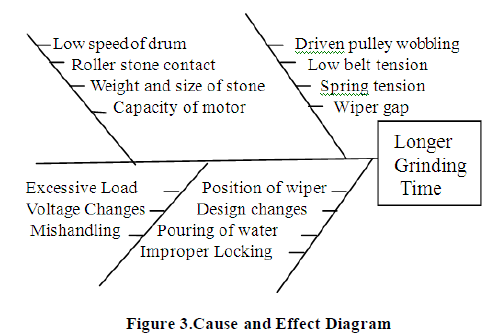 |
| From the root causes the design changes has to be considered and the modified value of diameter is calculated using Grinding energy calculation as below. |
3.4 Effect due to major problem |
| The longer grinding time indicates the poor quality of wet grinder and it leads to more Electrical power consumption, high grinding energy, increase the heat of batter produced by grinder, which results in undesired taste of foodstuff. |
IV. THEORETICAL CALCULATION |
 |
V.REDESIGN |
| Modification of diameter value leads to minimization of Grinding Energy, which result in reduction of Electrical power consumption. The redesign is made-up for the reduced diameter of 250mm. Figure 4. Illustrates the two dimensional model of a wet grinder shell (front view). |
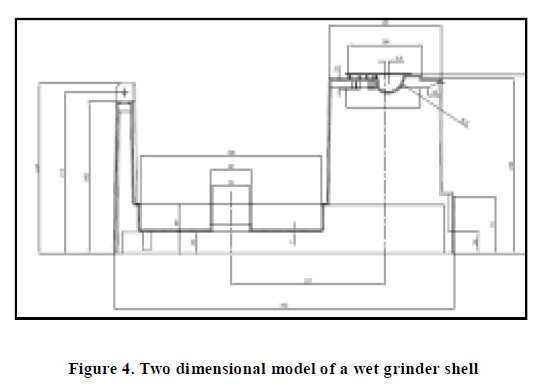 |
| The Two dimensional model of the grinder shell, front view and bottom views are created. Figure 5 represents the two dimensional (bottom view) model of wet grinder’s base frame |
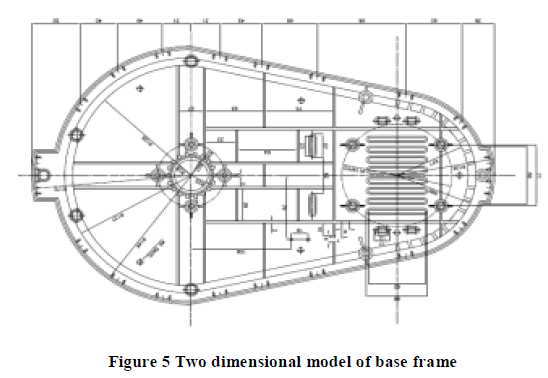 |
| The Three dimensional model of the grinder shell a l so has been created for Analysis. It is made up of ABS plastic Figure 6. displays the Three dimensional model of the wet grinder shell created using modeling software. |
|
|
VI. FINITE ELEMENT ANALYSIS |
6.1 Introduction |
| Finite element analysis (FEA) is a fairly recent discipline crossing the boundaries of mathematics, physics, engineering and computer science. The method has wide application and enjoys extensive utilization in the structural, thermal and fluid analysis areas. The finite element method is comprised of three major phases: (1) pre-processing, in which the analyst develops a finite element mesh to divide the subject geometry into sub domains for mathematical analysis, and applies material properties and boundary conditions, (2) solution, during which the program derives the governing matrix equations from the model and solves for the primary quantities, and (3) postprocessing, in which the analyst checks the validity of the solution, examines the values of primary quantities (such as displacements and stresses), and derives and examines additional quantities (such as specialized stresses and error indicators). |
6.2 Analysis of Grinder Shell |
| Using this software package, the modeled wet grinder is exported to ANSYS as IGES file. For both the analysis, a three dimensional structural solid having three degrees of freedom at each node (translations in the nodal x, y and z directions – SOLID 185 in ANSYS) was taken. The model is meshed with 55204 nodes and 31800 elements. The elements are trapezoidal elements. Figure 7 gives the Meshed model of grinder shell. |
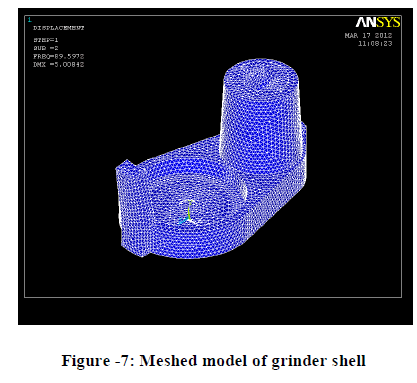 |
| The displacements were given as shown in figure 8 by fixing at 7 nodes at the base frame of grinder. |
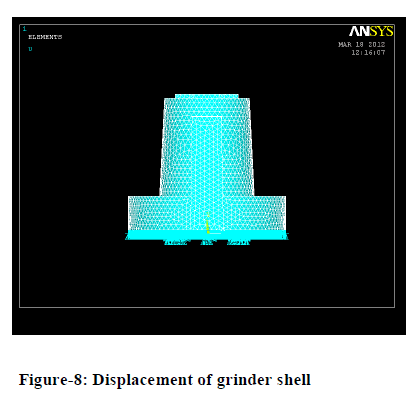 |
| The displacements were given as shown in figure 8 by fixing at 7 nodes at the base frame of grinder. For this Analysis, the material selected is ABS- Acrylonitrite Butadine styrene (C8H8) X (C4H8) Y (C3H3N) |
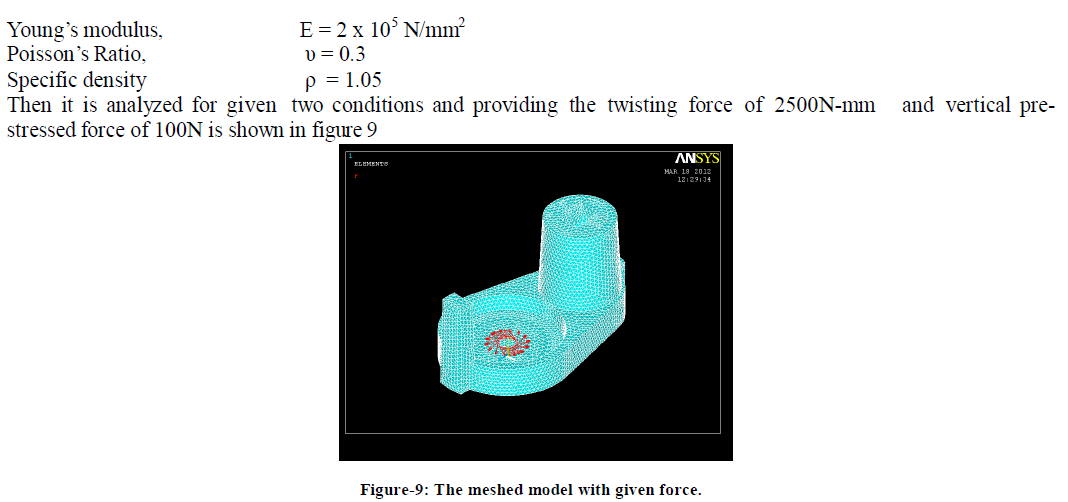 |
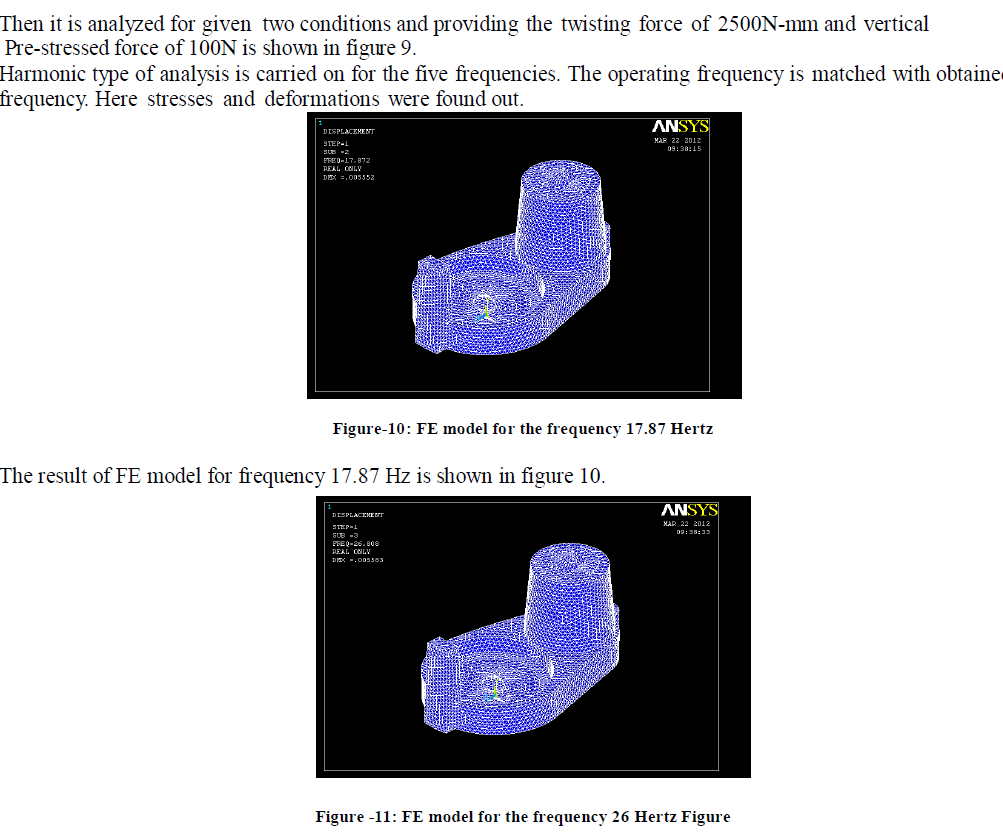 |
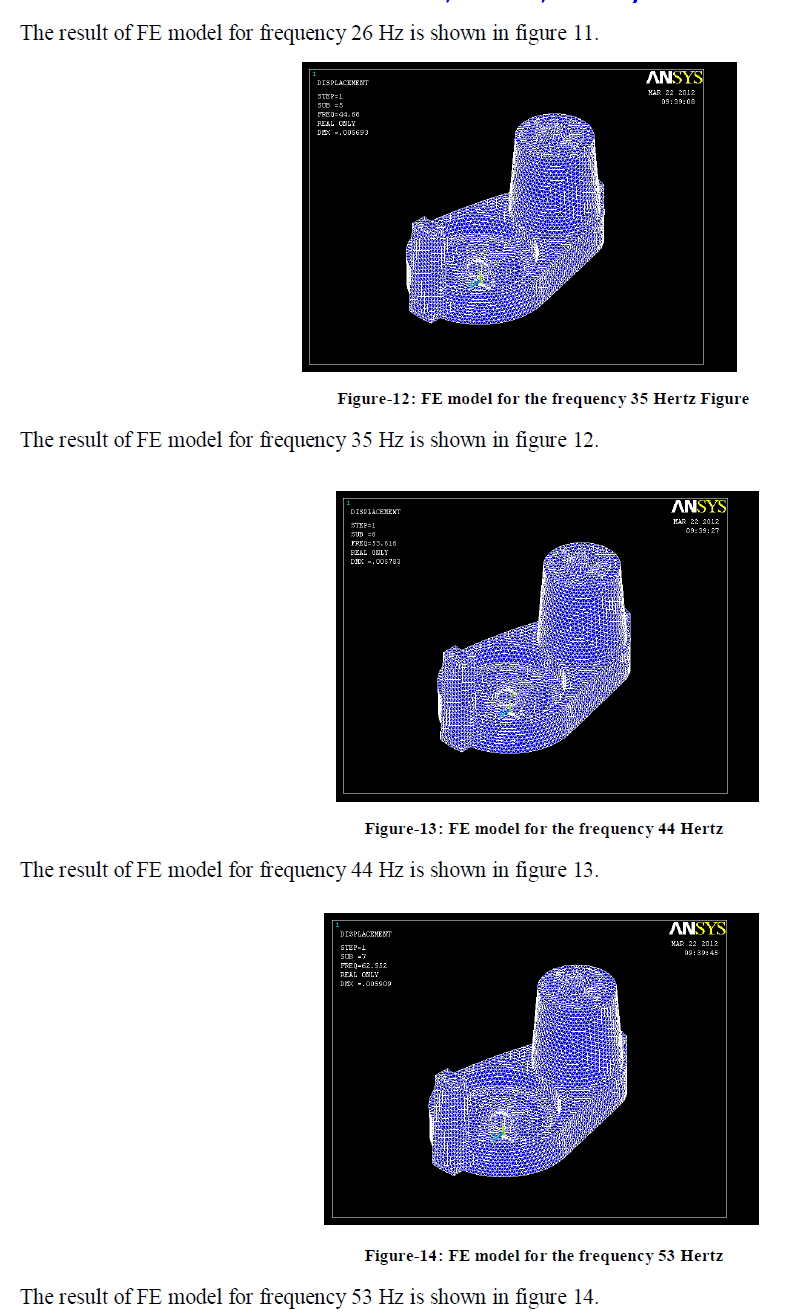 |
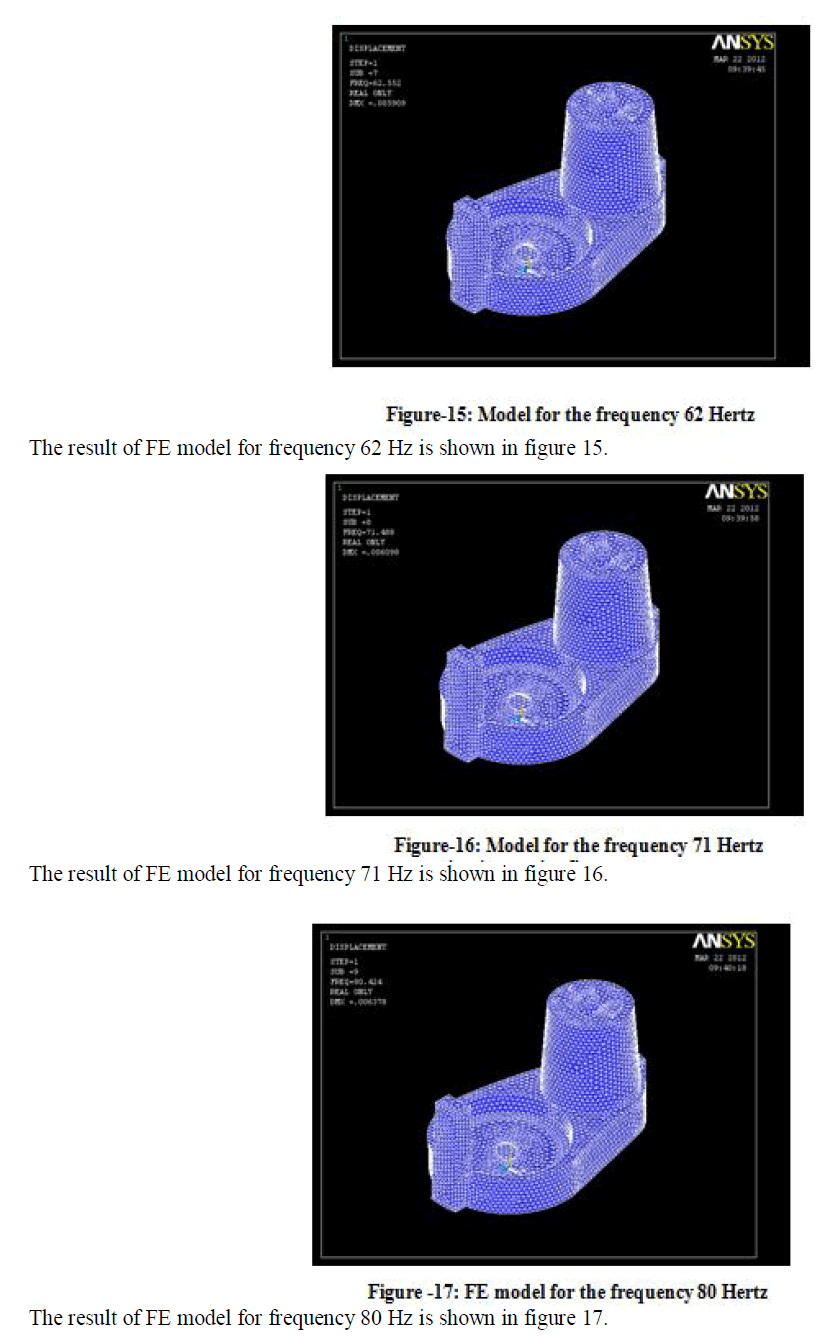 |
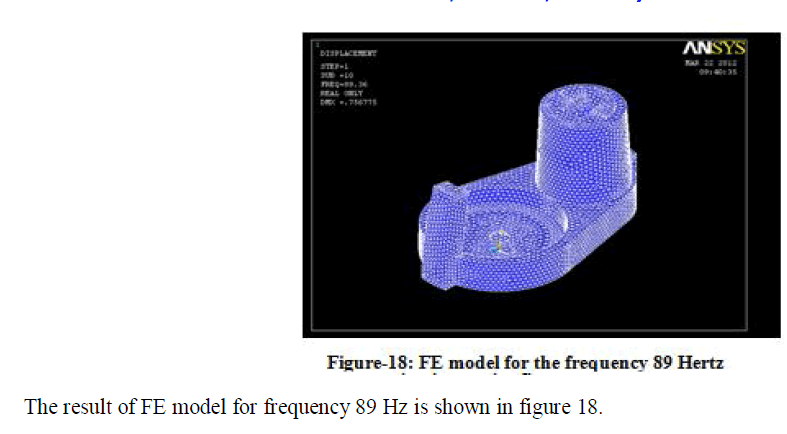 |
VII. RESULTS AND DISCUSSION |
| Harmonic Analysis is carried on for the frequency range 10 to 100.The operating frequency of 90 Hertz is matched with obtained frequency of 89 Hertz. The deflection of the model is shown in figure 19. The maximum value of deflection is 0.7 |
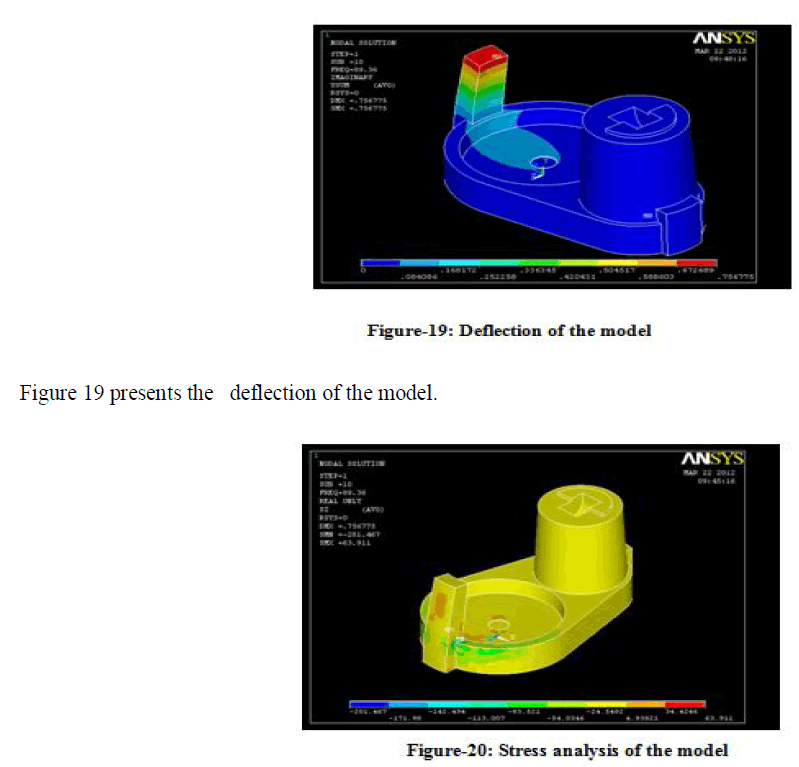 |
| Figure 20 proves the safety Stress analysis of the model. |
| The von misses stress analysis along X axis has done and the result is displayed as shown above in fig. 20.The value of maximum stress 63.9 N/mm. For this optimized result the design is safe. |
VIII. NOMENCLATURE |
| The Table 2 shows the nomenclature used in this experiment |
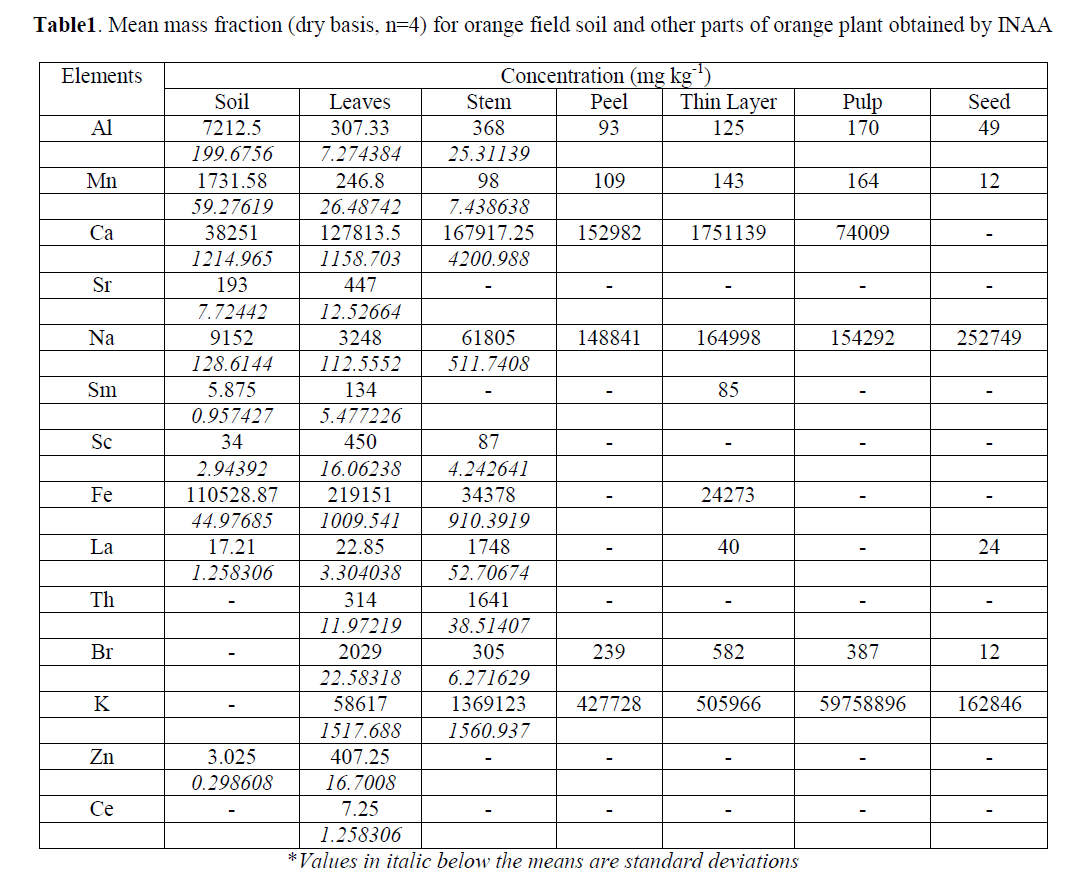 |
IX. CONCLUSON |
| Extensive studies on wet grinder has been done. The theoretical design calculations have been carried out. The new model was revised and developed using software AutoCAD. The changes in design had verified using Analysis software ANSYS and is proved for design is safe. |
X. FUTURE SCOPE |
| The optimized design of grinder shell has been approved by R&D department and fabrication has to be carried out. |
References |
|